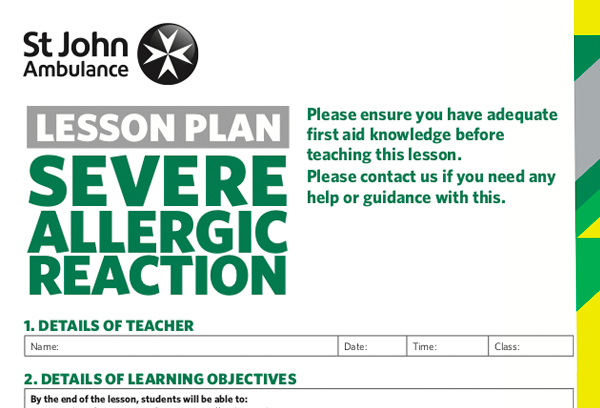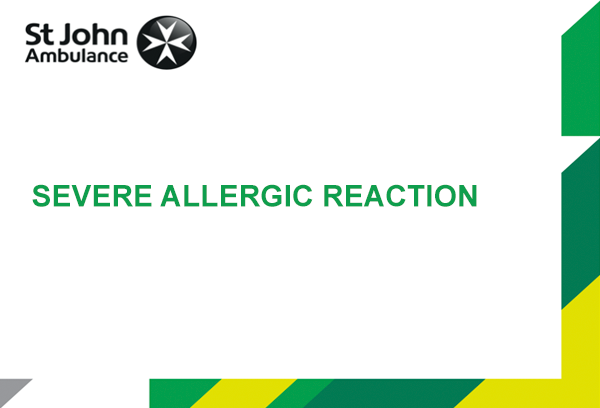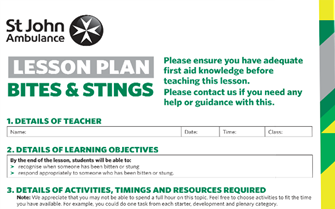be aware of the different triggers of an allergic reaction, such as insect stings, animal hair, and certain foods
Insect stings
Insect stings can be painful but are not usually dangerous. However, stings to the mouth or throat can be more serious. Find out what to do.










